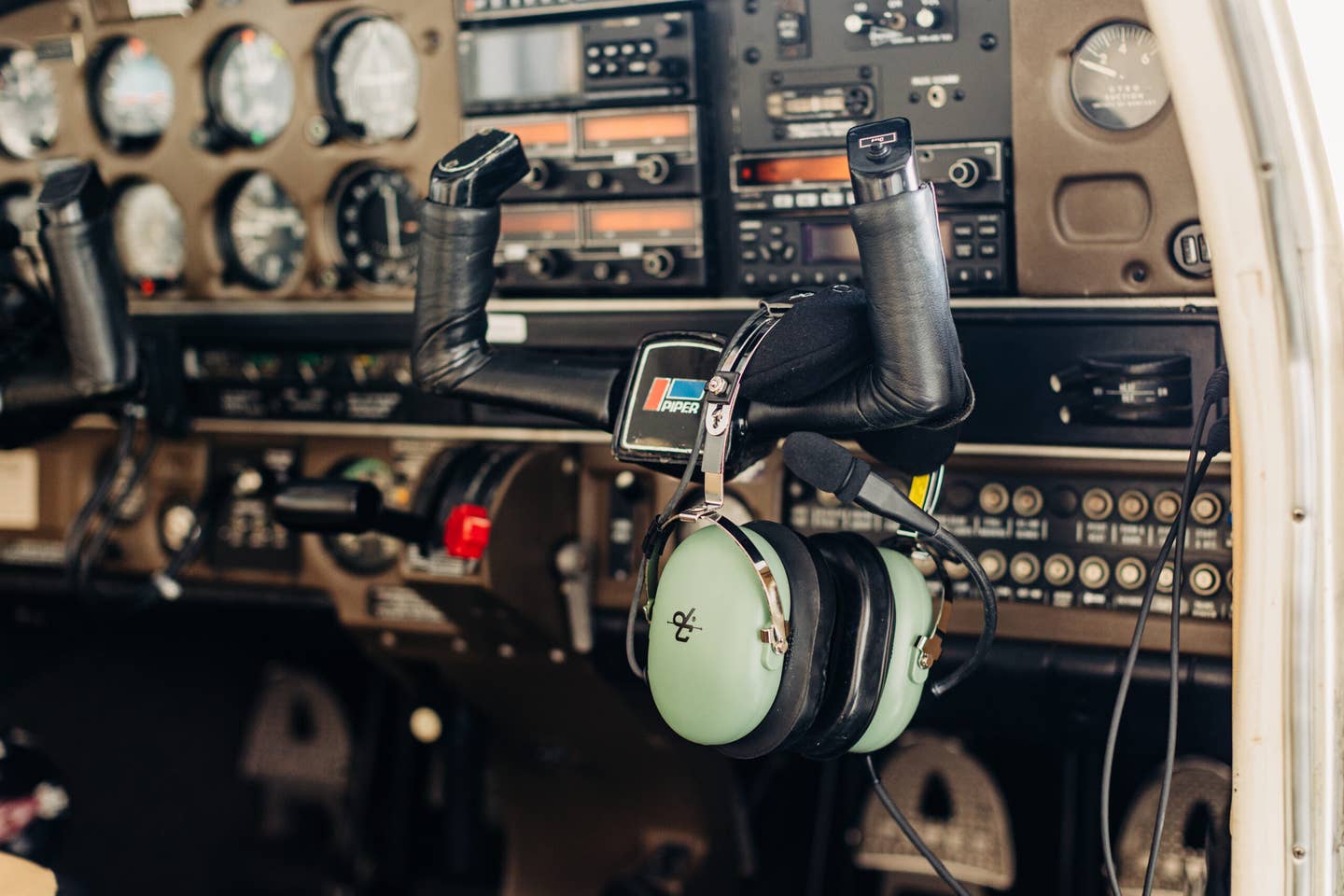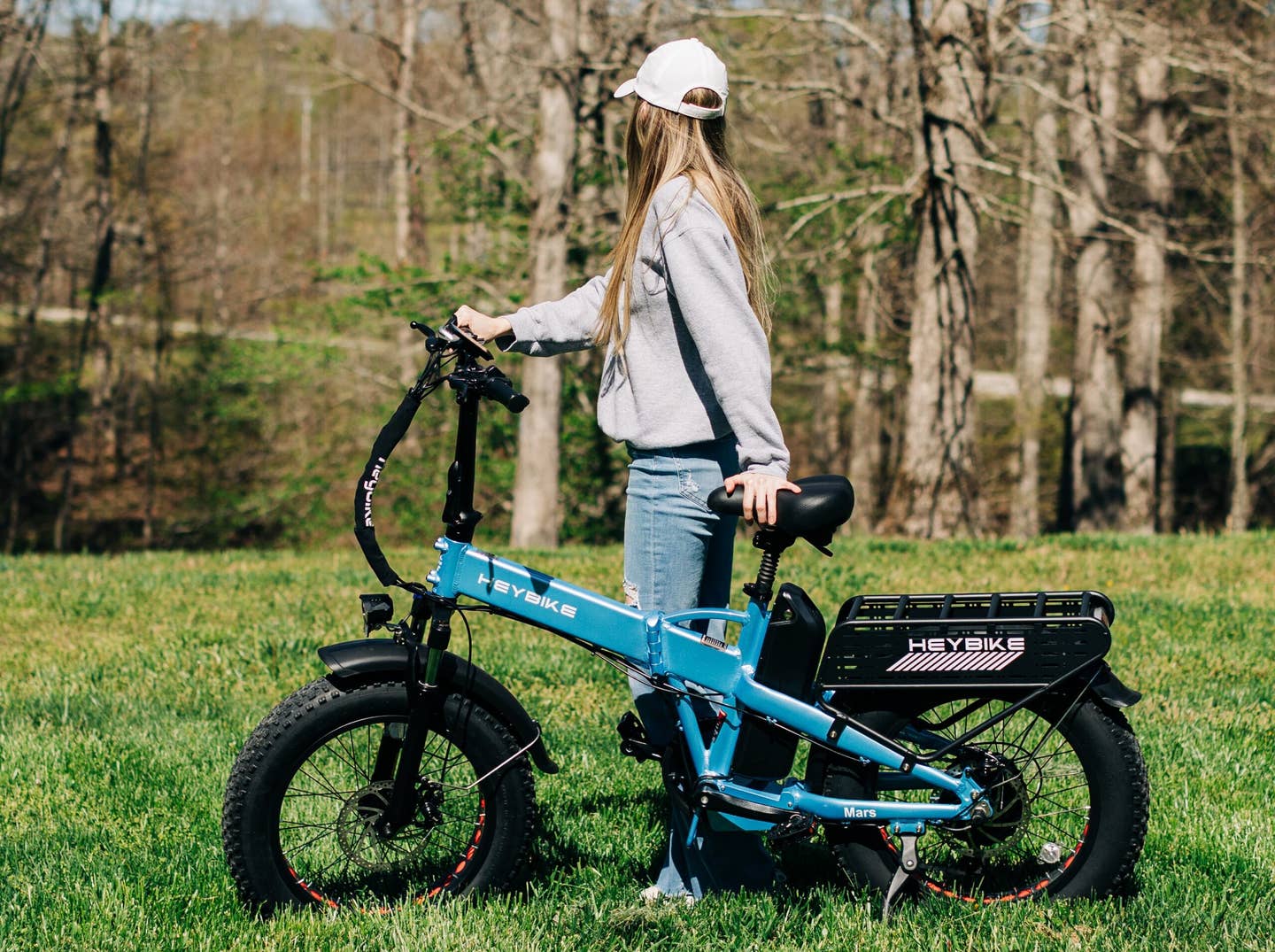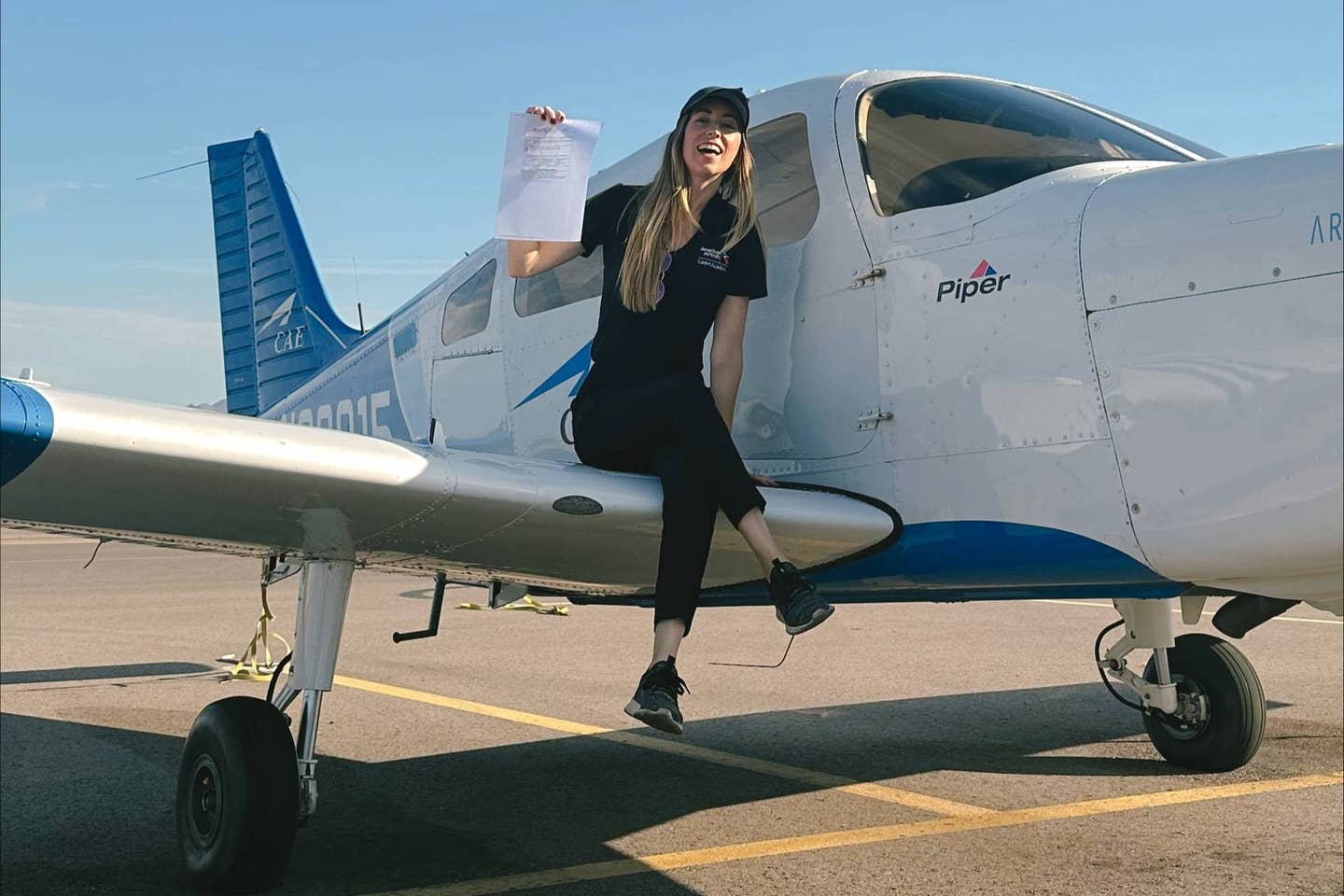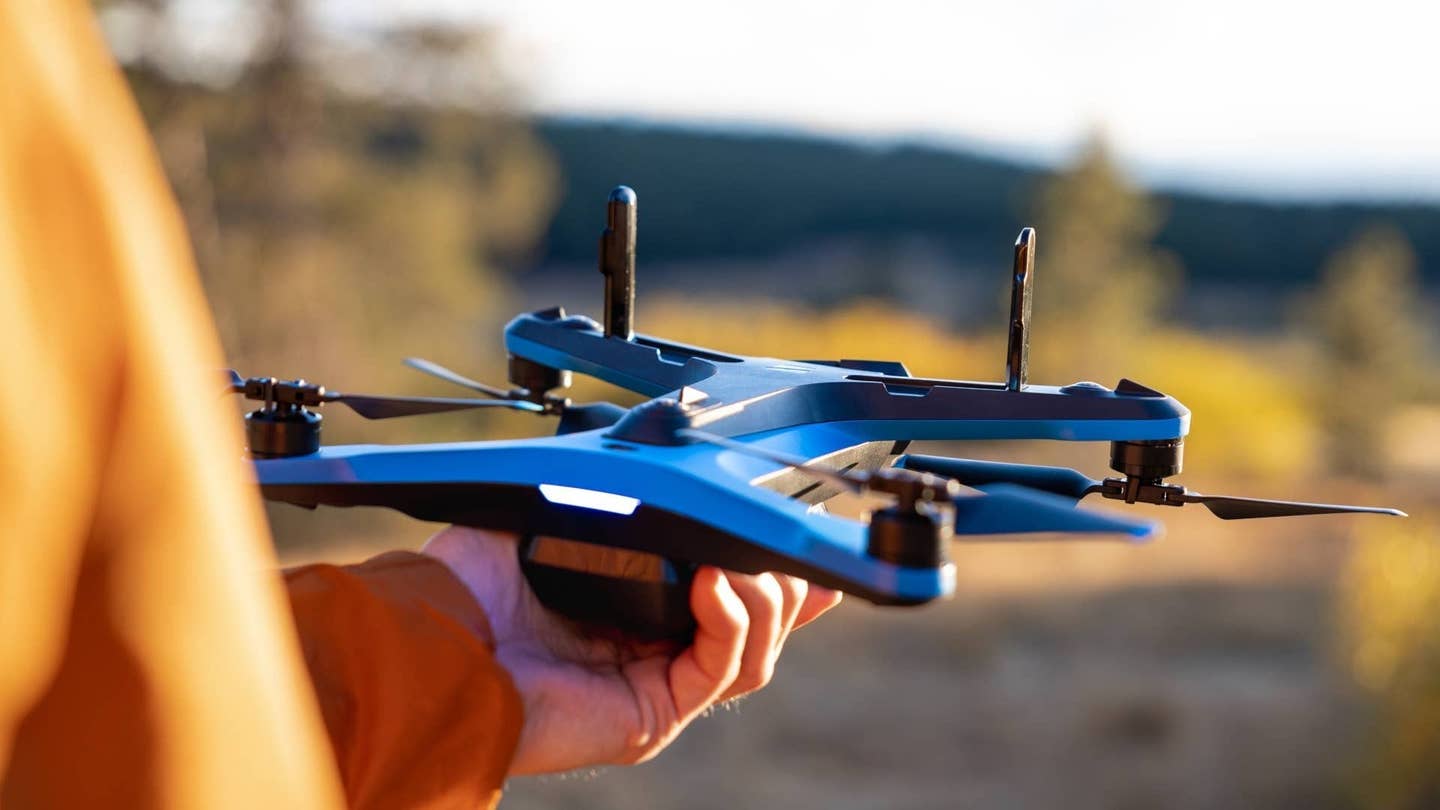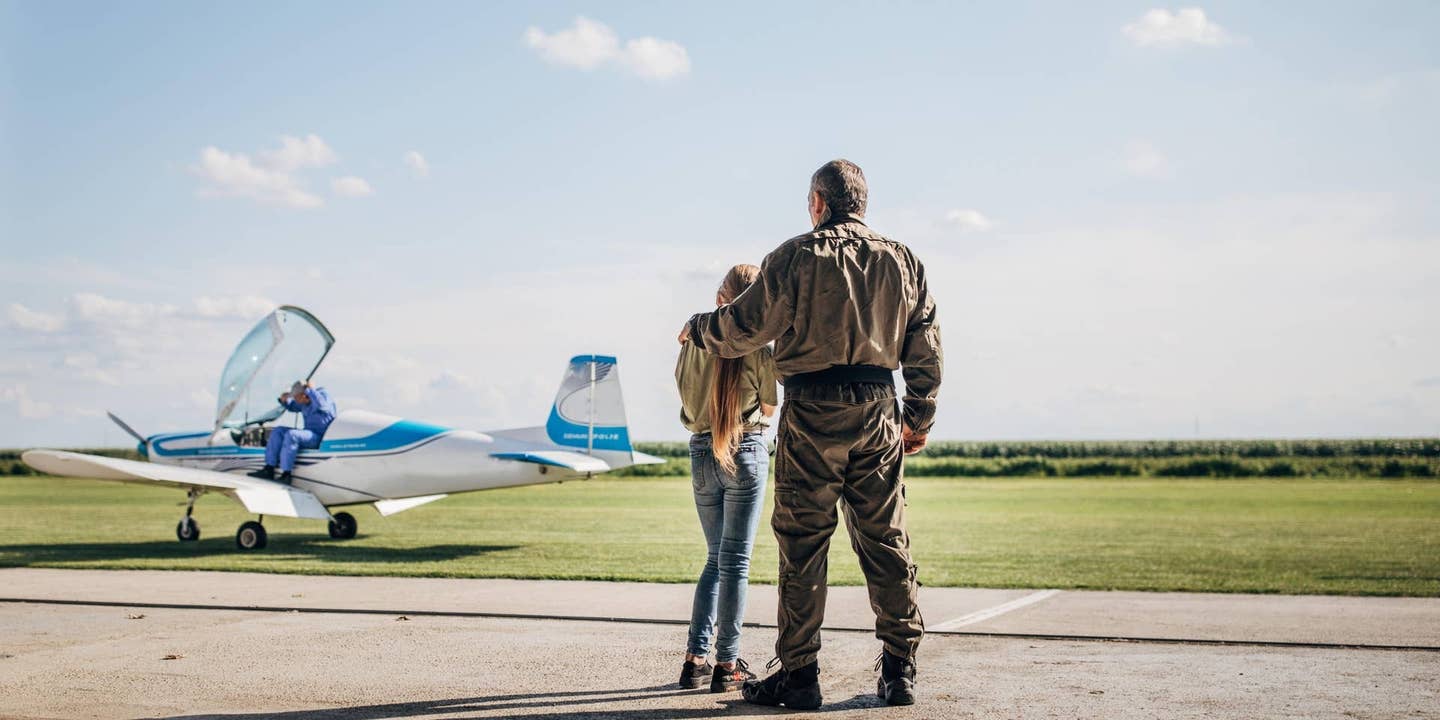Top 7 Drone Pilot Mistakes (And How to Avoid Them)
Same miscues tend to haunt pilots who fly above their skill level.
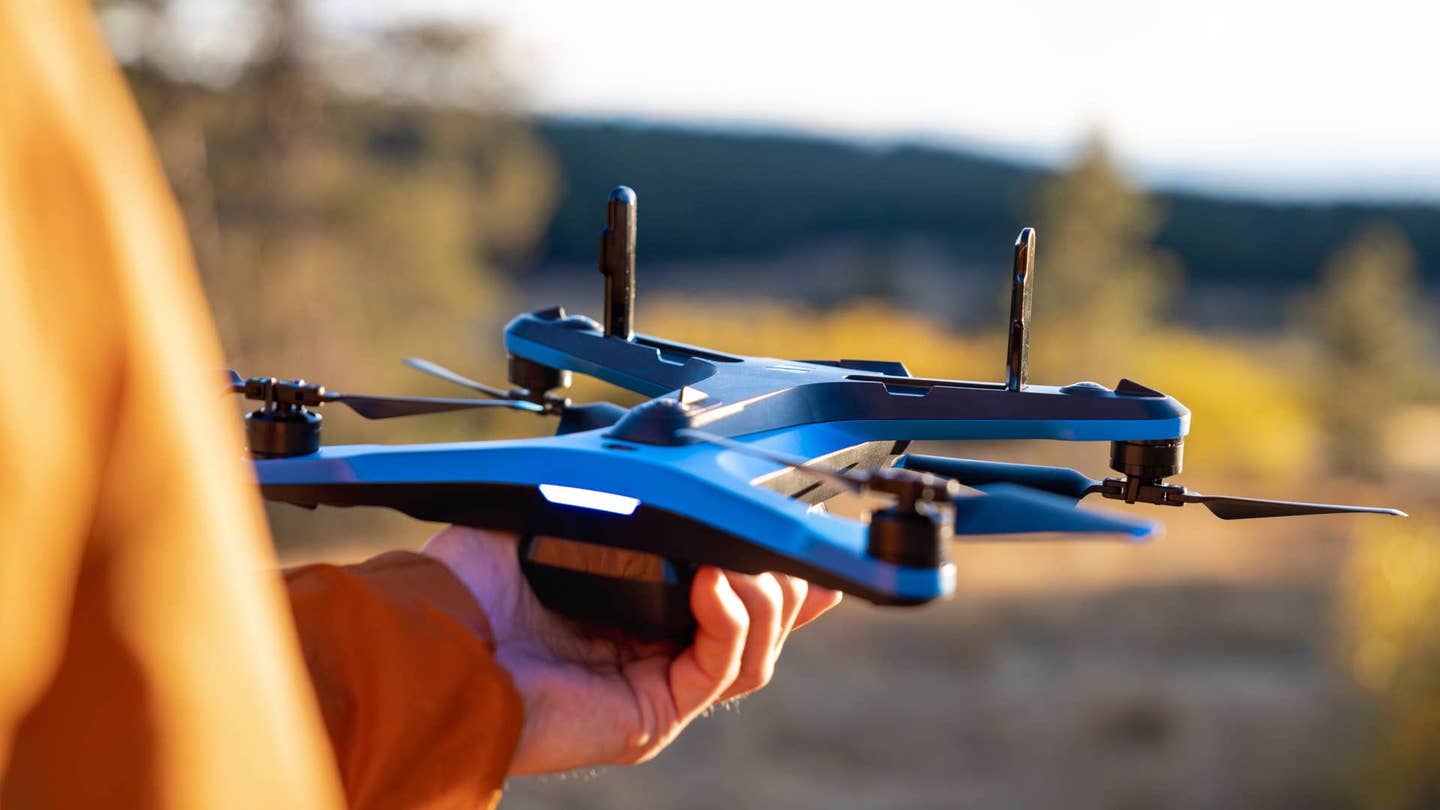
The best way to avoid errors is to always fly the drone within its limits and your skill level as a pilot. [Courtesy: Skydio]
Flying drones can be an exciting hobby and even a road to riches. The rise in the popularity of drones is evident in the vast number of UAVs taking to the skies. The FAA lists over 1 million registered drones in the country, with that amount growing every day. If you aren't flying already, you're missing out on the fun and gaining a marketable skill.
Drones can be enjoyable to fly as a hobbyist or as a career path, but they are not without their challenges. Pilots of all skill levels must ensure they are properly trained to operate their drones safely. One of the best ways to do this is by avoiding common mistakes.
- READ MORE: How Drones Are Changing Inspections
With many years of experience in the industry, the team here at FLYING Magazine has compiled the top seven mistakes drone pilots make and how to avoid them:
- Ignoring drone laws and no-fly zones
- Flying without a license
- Skipping preflight checks
- Ignoring weather conditions
- Flying too fast or aggressively
- Not managing battery life properly
- Relying too much on obstacle avoidance sensors
Ignoring Drone Laws and No-Fly Zones
As you can tell from the news reports that cover aircraft accidents, the national airspace is congested and full of drones, planes, helicopters, and more. Part of what prevents accidents from happening are the many layers of airspace that separate everyone flying. Some drone pilots don't realize that by simply flying too high, they can place their drone where aircraft carrying people are operating and create a dangerous situation.
In addition to the stratification of airspace, there are some areas, such as no-fly zones, where all aircraft are restricted from passing through. Some are temporary, like those that occur over the Super Bowl, while others are permanent, like the one over Disneyland in Southern California.
- READ MORE: Best Drones for 2025
The best way to avoid flying where you are not supposed to is to understand the rules. If you are flying for fun, you'll definitely want to take the FAA's free online TRUST (The Recreational UAS Safety Test) exam, where you can learn the rules. Commercial pilots will also need to take the FAA's Part 107 exam for a deeper understanding of drone operations. Before you fly, you can also check the airspace in your area using apps like the Aloft Air Control app.
Flying Without a License
When people find out I am a commercial drone pilot, they usually ask one of two questions: Am I spying on people, and who needs a license? The answer to the first question is always no, but for the second question, it depends. One of the most common mistakes I see is people operating a drone who need a license but don't have one.
The FAA requires you to have a Remote Pilot Certificate (Part 107) if using a drone for work or business. This means that even if you are not getting paid, you need one. For example, if you are posting drone videos on YouTube, regardless of whether or not it is monetized, you actually need a license. If you don't have one, you are breaking the law when you post.
Many people are surprised to learn that. I have had discussions with people like real estate agents who tell me I am wrong until I direct them to the FAA's site and they learn the truth. Thankfully, this mistake is easy to avoid. If you are flying a drone for anything other than the joy of flying, you probably need a license. The best way to get one is to check out online courses like those offered by Altitude University and the Pilot Institute, or get study materials from Sporty's Pilot Shop to begin your journey as a commercial drone pilot.
Skipping Preflight Checks
When flying crewed aircraft, there is a detailed list of everything you must check before taking off. Drones are no different. Preflight checklists are a great tool for making sure your drone is set up to fly safely. Many drones, like those made by DJI, have built-in features that help with this, such as ensuring the battery is properly connected, the compass is calibrated, and the firmware is up to date.
The mistake many pilots make is assuming the drone will take care of everything for them. While drones are getting pretty sophisticated, the pilot is still responsible for making sure everything is running as it should. Preflight checklists are the perfect tool for avoiding this mistake.
Many of the pilot logbooks on the market come with preflight checklists. I have personally used the UAS Pilot Log Expanded Edition since I started flying in 2015, and I love it. Each section of the logbook has a standardized preflight checklist. If you go through the list, you can be sure your drone is ready to go.
Ignoring Weather Conditions
This one may seem like a no-brainer, but you would be surprised how many pilots forget to check the weather before taking off or, worse yet, ignore it altogether. Weather forecasts are extremely important. Most drones do not respond well to water. Some higher-end drones are built to fly in the rain, but most consumer drones are not. Even if there is no precipitation, the wind is a major concern and can easily crash a UAV.
To avoid this mistake, always check the weather before you fly. Additionally, the manufacturer of your drone will dictate the limits to which it is designed to operate. If the manufacturer says the drone can fly in winds up to 20 mph, don't try flying it in 25 mph winds. It's that simple.
Flying Too Fast or Aggressively
We've all seen the videos on YouTube of racing drones speeding through abandoned builds or a forest at speeds close to 100 mph. While these videos are exciting, some pilots think they can easily fly their drones in the same manner without having the skills to do so. I once sold a drone to someone who ignored my warnings about flying too fast too soon. Before I had driven a mile down the road, they called to ask if I could help them get the drone out of a tree they had just crashed it in.
Many drones, like those made by Autel Robotics, have speeds that average around 45 mph. That's pretty fast for most pilots, but the FAA allows drones to fly up to 100 mph. Think of how fast that is in a car and apply it to flying around structures and other obstacles. Mistakes can quickly crash a drone at those speeds.
Like any skill, getting comfortable with flying fast takes time and practice. Avoid getting into dangerous situations by only flying at speeds where you can safely control the drone.
Not Managing Battery Life Properly
When I first started my drone service business in Montana, I lived in a rural agricultural region of the state. One of my first customers was looking to see if I could help fix a new drone they had crashed. They had traded a horse for a DJI Phantom 4 Pro drone and crashed it on the first flight. It turned out the UAV could not be repaired, and the cause of the accident was poor battery management.
As the battery level started to get low, the inexperienced pilot ignored the warnings. They continued to fly the drone until the battery died and it crashed to the ground. Forgetting to look at the battery's power level while flying is a mistake I often see.
Drones typically have a section of the screen that shows the battery's current level of charge. I make it a point never to let the battery go under 20 percent before landing. Whatever you decide is the cutoff, avoid the mistake of poor battery management by keeping track of how much power you have left.
Relying Too Much on Obstacle Avoidance Sensors
As drones become more popular, they are getting easier and safer to fly. Most drones now have sensors that help prevent crashes. Obstacle avoidance sensors are one of the most common and will typically send the pilot a warning as the drone gets close to an obstacle. Eventually, they will stop the aircraft from moving, if you continue to move toward danger.
While these features are great, they are meant as tools to help prevent an accidental crash. They are not foolproof. Sensors can be tricked, and the drone can still crash if the pilot doesn't avoid hitting obstacles. New pilots, in particular, will rely on the sensors to keep them safe. This is a mistake.
Always remember that as the pilot, you are the best safety measure on the drone. It is your responsibility to fly the drone in a safe manner and avoid hitting people, animals, trees, or other objects.
Flying drones is a great way to pass the time and an even better way to make some money. Pilots are taking on a responsibility every time they take off, and everyone can make a mistake. The best way to avoid errors is to always fly the drone within its limits and your skill level as a pilot. If you follow our advice, you can avoid the costly mistakes many pilots make.
Good luck, and we hope your next flight is mistake-free.
FAQ
Can I legally fly my drone at night without special permissions?
Yes, but you must have anticollision lighting visible for at least 3 sm if flying under Part 107.
Do drone propellers wear out, and how often should I replace them?
Yes, replace them every 50-100 flights or sooner if you notice cracks, chips, or decreased stability.
What’s the best way to recover a lost drone?
Use the drone’s last GPS location in the flight log, check trees and rooftops nearby, and use tracking apps if supported.

Sign-up for newsletters & special offers!
Get the latest FLYING stories & special offers delivered directly to your inbox

